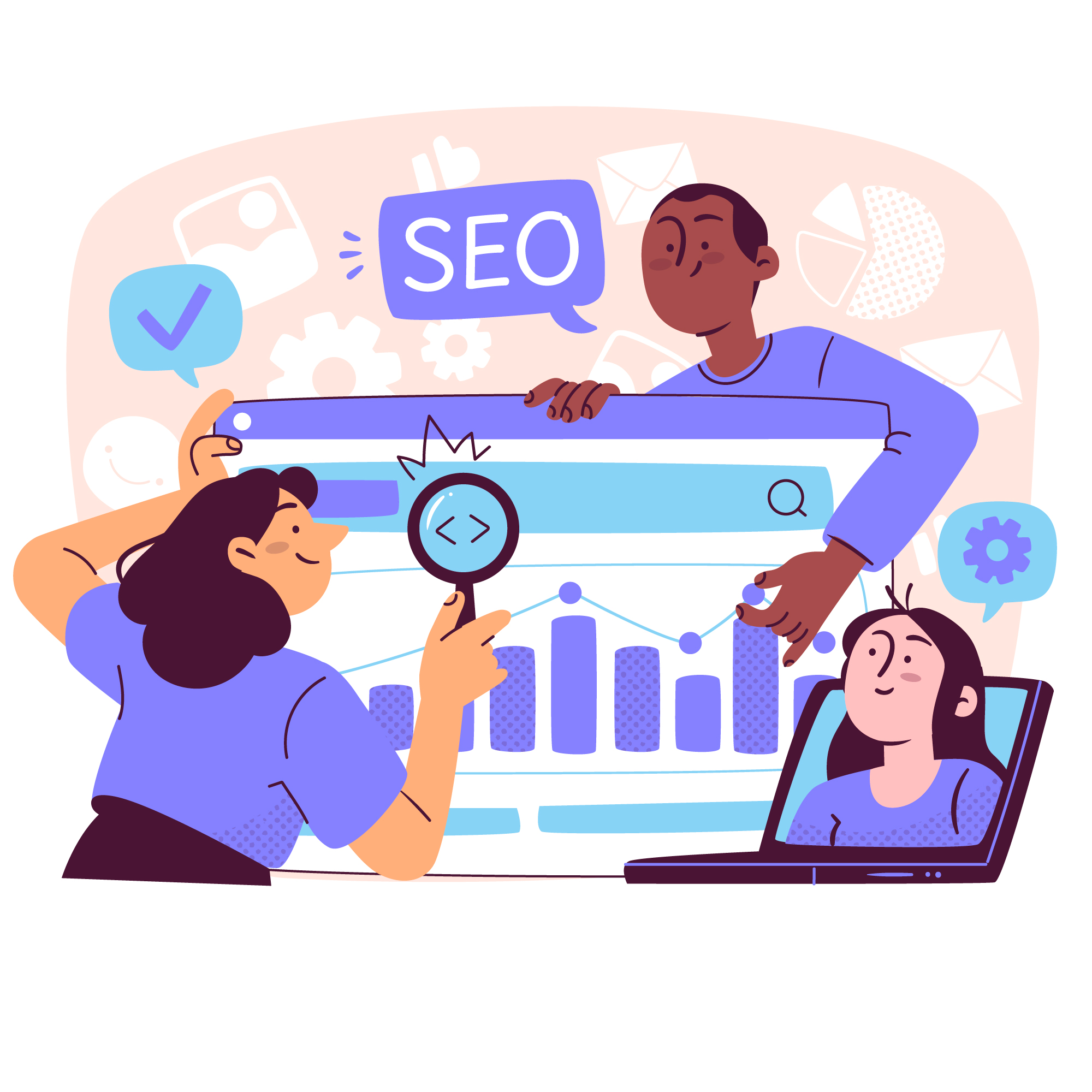Want smarter marketing? Join our FREE community — built for founders, marketers & creators.
SEO vs. SEM – What’s the Difference and Why You Need Both
When navigating the world of digital marketing, two acronyms frequently emerge: SEO and SEM. Although they share the common goal of increasing website visibility, their methods and approaches differ. In this article, we'll demystify these terms, highlighting both their distinctions and the powerful synergy when they're used in tandem.

If you’ve spent time in digital marketing, you’ve probably heard the terms SEO and SEM tossed around. They both help drive traffic to your website, but they do it in different ways. Understanding how they work and work together can help you build a more substantial online presence and reach your target audience more effectively.
In this guide, we’ll break down what SEO and SEM mean, how they differ, and how you can use both for maximum impact.
What is SEO (Search Engine Optimization)?
SEO stands for Search Engine Optimization, the process of improving your website so it shows up more often (and higher) in organic search results on platforms like Google.
It’s about understanding what your audience is searching for, creating helpful content around those topics, and ensuring your site is easy for search engines to crawl and index.
Key Areas of SEO:
On-Page SEO
Optimizing individual pages by improving content quality, using target keywords naturally, and fine-tuning HTML tags like title, meta descriptions, and headers.
Off-Page SEO
Building your site’s credibility through backlinks from other reputable websites, social sharing, and mentions.
Technical SEO
Making sure your website loads quickly, is mobile-friendly, and has clean code that search engines can understand.
The big picture? SEO takes time but it builds lasting, trust-based visibility with both users and search engines.
What is SEM (Search Engine Marketing)?
SEM, or Search Engine Marketing, involves using paid advertising to get your website in front of users on search engines. While SEM technically includes both organic and paid strategies, most marketers use it to refer specifically to PPC (Pay-Per-Click) advertising.
Main SEM Elements:
Paid Search Ads
Ads that show up at the top of search engine results pages (SERPs). You bid on specific keywords to appear in these prime spots.
PPC (Pay-Per-Click)
You only pay when someone actually clicks your ad.
Display Advertising
Visual ads placed on other websites to raise awareness or drive traffic.
SEM is fast and measurable. It’s perfect for generating leads, promoting new products, or targeting high-intent customers in real time.
The Difference Between SEO and SEM
| Factor | SEO | SEM |
|---|---|---|
| Traffic Type | Organic (free clicks) | Paid (per-click cost) |
| Cost | Long-term investment in content and optimization | Ongoing budget for ads |
| Timeline | Takes time to build momentum | Delivers immediate visibility |
| Trust Factor | Builds long-term credibility | Great for quick wins and testing |
Why SEO and SEM Work Better Together
The best digital marketing strategies don’t choose between SEO or SEM; they use both. When combined, these tactics can amplify each other’s strengths and create a more effective, data-driven approach.
Here’s how they complement each other
- Keyword Insights. Use SEM data to discover high-converting keywords, then create optimized content around them for SEO.
- Full SERP Coverage. With SEO and SEM working together, your brand can appear in both paid and organic listings, doubling your visibility.
- Stronger Brand Recognition. Users who see your ads and also find your website organically are more likely to trust and remember your brand.
- Faster Feedback Loop. SEM provides quick insights you can use to refine your SEO content strategy and vice versa.
Unlock the Full Power of Search with SEO and SEM Together
Whether you’re building a new website or trying to grow an existing one, SEO and SEM are both essential tools in your digital toolkit. SEO builds your foundation and earns trust over time, while SEM gives you the power to scale quickly and reach your audience when it matters most.
By understanding the differences and tapping into the synergy they offer, you’ll be better positioned to increase visibility, drive traffic, and convert more customers.
Want to stay ahead in search? Combine the long-term power of SEO with the agility of SEM. Together, they make your marketing strategy future-ready and search engine smart.
